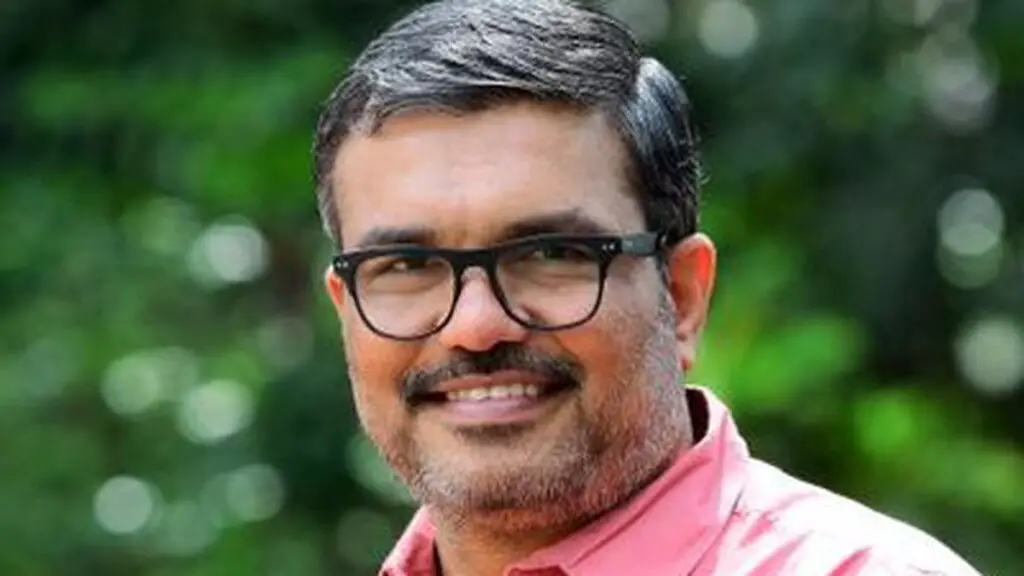Kerala Minister Criticizes Union Government’s Interference with Local Schemes
Kerala Minister for Local Self-Governments M.B. Rajesh expressed strong opposition to the Union government’s alleged attempts to weaken and interfere with various schemes implemented through local bodies. He particularly criticized the insistence on displaying the logo of Pradhan Mantri Awas Yojana (PMAY) in front of houses constructed as part of the Kerala Government’s LIFE housing project.
Union Government’s Interference with Housing Projects
Mr. Rajesh accused the Union government of disrupting the LIFE housing mission and undermining the Kerala model of decentralized planning through its demands. He highlighted the completion of 3,56,108 houses under the LIFE Mission since 2016 and the ongoing construction of 1,25,739 houses. Additionally, he emphasized that Kerala provides the highest amount of government housing assistance in the country at ₹4 lakh per house across all schemes. Mr. Rajesh denounced the Union government’s insistence on displaying the PMAY logo in front of houses, especially those fully funded by the State.
Opposition to Imposed Conditions
In addition to criticizing the interference with housing projects, the Minister also opposed the conditions imposed by the Union government regarding the spending of funds allocated to local bodies. He raised concerns about restrictions and conditions imposed on the utilization of grants from the Finance Commission and the Union government.
Kerala’s Decentralized Planning Under Threat
Mr. Rajesh highlighted the potential detrimental impact of these conditions on Kerala’s decentralized planning. He stressed that Kerala allocates up to 30% of Plan funds to local bodies, amounting to ₹8,258 crore, and expressed concerns about the limitations imposed on the spending of these funds. He emphasized the need to preserve Kerala’s gains in decentralized planning and expressed opposition to the allocation of 60% of funds as tied grants, limiting their utilization as determined by the Union government.


